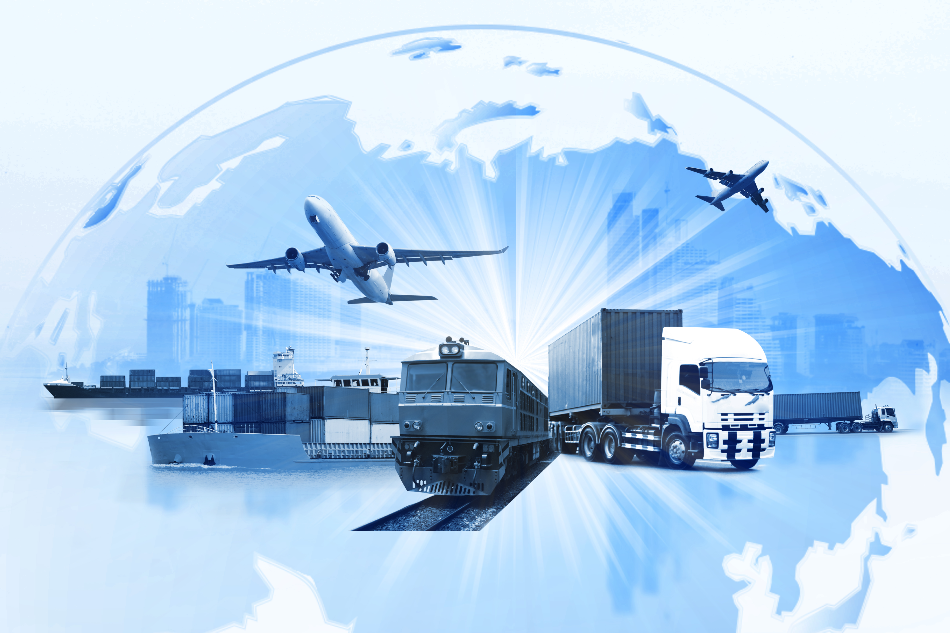
MNBB / Shutterstock
As sensory technology continues to advance each day, an increasing number of these sensors have been incorporated into various aspects of transportation, science, and engineering.
The Role of Sensors in Transportation
In August of 1992, New York City’s Transportation Department installed its first sensor system that would be used to monitor heavy vehicle congestion, identify traffic jams and control the movement of vehicles throughout the city by adjusting the duration of red lights as needed. While this type of system can now be found in most cities around the world, the original challenges that supported its installation remain prevalent today.
In addition to finding appropriate ways in which they can manage a growing traffic volume, the transportation systems in many cities around the world are also challenged by rising fuel prices, carbon dioxide (CO2) levels, accidents and, emergencies. In an effort to combat these issues to ultimately improve the safety and efficiency of these transportation systems, Intelligent Transportation Systems (ITS) have emerged.
With its four foundational principles being sustainability, integration, safety, and responsiveness, ITS remained largely dependent on both intravehicular and urban sensing platforms. By gathering data from both of these sensing platforms, transportation management systems can quickly analyze and process this information in order to rapidly execute the most effective decisions.
Classifying Transportation Sensors
Intravehicular Sensors
Intravehicular sensors can be classified into six categories including safety, diagnostic, traffic, assistance, environment, and user. Safety intravehicular sensors, for example, are primarily used to detect potential accident hazards and events in real-time. Some of the most commonly used safety sensors used in a vehicle include micro-mechanical oscillators, speed sensors, cameras, radars, laser beams, night vision sensors and much more.
The specific technology behind each of these sensors can also vary. For example, both Radio Detection and Ranging (RADAR) and laser sensors are commonly applied to the front, side, and rear of vehicles in order to prevent collisions. The placement of both RADAR and laser sensors allows the vehicle to automatically adjust its throttle and activate brakes in the event that another vehicle or obstacle is detected.
In addition to providing optimal driver and passenger safety, a number of sensors are also used to provide support and comfort while the vehicle is in motion. These sensors include gas composition, humidity, temperature, position, torque, image, rain, distance and fogging prevention sensors.
Infrastructure Sensors
In the United States alone, approximately 1.6% of this nation’s Gross Domestic Product (GDP) is dedicated to improving transportation infrastructures. As technology continues to advance, much of this investment in the United States, as well as numerous other countries around the world, has been on in-road sensor deployment. In-road sensors can be classified as either intrusive, which is used to describe sensors that are directly installed onto the pavement’s surface, or non-intrusive, which are installed at various locations on the roads rather than directly on its surface.
Within the category of intrusive sensors are three distinct groups that include passive magnetic sensors, pneumatic tube sensors, and inductive loops. Similarly, non-intrusive sensors can also be further divided into roadside mast-mounted, bridge mounted or across roadside sensors. Each of these sensors is used for a variety of purposes, each of which is centered on providing real-time information to traffic control systems.
Future Outlook of Transportation Sensors
Despite the incredible amount of progress that has been made in ITS, there are a number of challenges that must still be addressed in order to truly improve transportation systems. In addition to advancing the sensors used in ITS, there is an urgent need for additional technologies to be incorporated into ITS. For example, the integration of data analytics, automated operation tools, decision-making tools, and mobile networks have the ability to fully analyze and share transportation information in real-time. The utilization of these data fusion techniques could dramatically improve current vehicle safety applications to not only provide real-time information to the dry but also rapidly execute automated decisions in an effort to reduce potentially deadly accidents.
Sources
Disclaimer: The views expressed here are those of the author expressed in their private capacity and do not necessarily represent the views of AZoM.com Limited T/A AZoNetwork the owner and operator of this website. This disclaimer forms part of the Terms and conditions of use of this website.